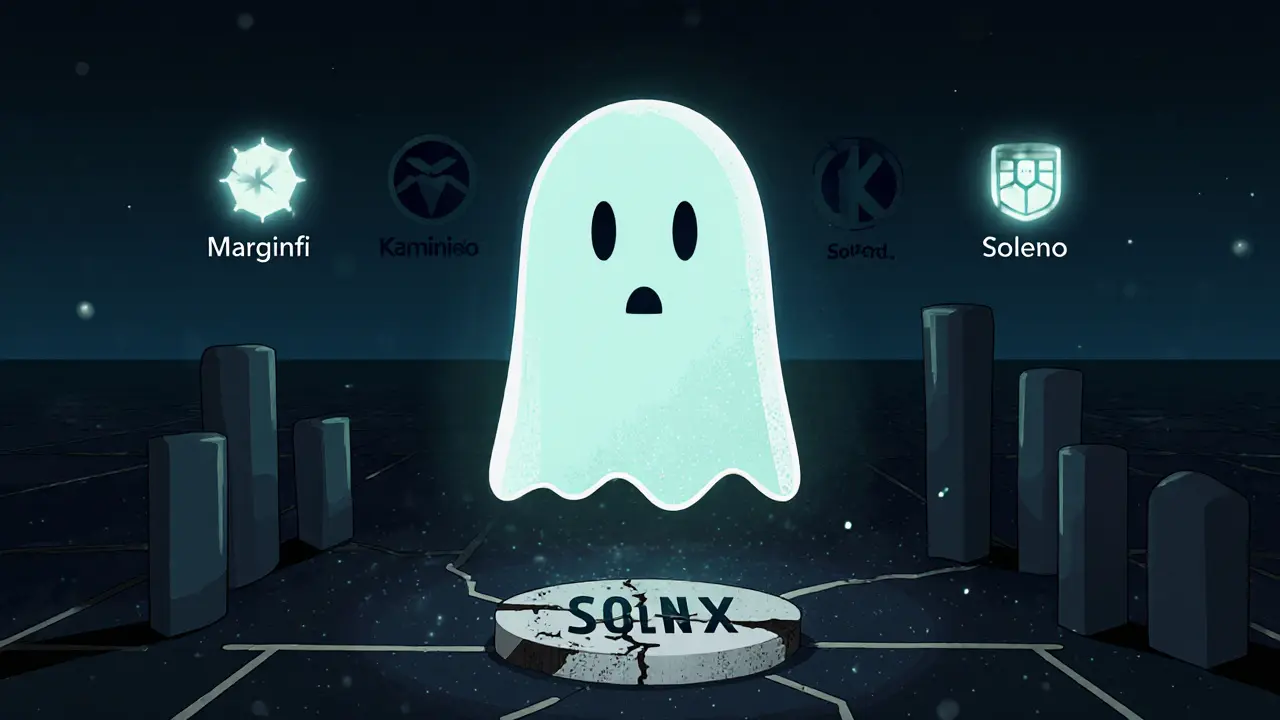BANX Price: What You Need to Know About the Token’s Value and Real-World Use
When you hear BANX, a cryptocurrency token often tied to blockchain-based financial platforms or community-driven projects. Also known as BANX token, it’s one of many small-cap digital assets that pop up in DeFi spaces and niche exchanges. But unlike major coins like Bitcoin or Ethereum, BANX doesn’t have a clear public team, official website, or verified use case. That doesn’t mean it’s worthless—but it does mean you need to dig deeper before trusting its price movements.
What drives BANX price? Usually, it’s not fundamentals. It’s often hype, low-liquidity trading on obscure platforms, or bots pushing volume on decentralized exchanges. You’ll find it listed on a few obscure DEXes, but not on major ones like Uniswap or KuCoin. Its market cap is tiny, sometimes under $1 million, and trading volume can vanish overnight. This isn’t unique—most tokens like this follow the same pattern: a quick spike, then silence. The same thing happened with tokens like HWL, VU, and SGR, all of which showed up in our posts as examples of tokens with no real product behind them. BANX fits right in that group. It’s not a scam by definition, but it’s not a project either. It’s a speculative bet with no safety net.
People track BANX price because they’re hoping for a pump—or because they already hold it and want to know if it’s worth holding. But here’s the truth: if you’re not actively using a platform that requires BANX, you’re just gambling on someone else buying it later. And in crypto, that’s a risky game. The real value in this space isn’t in chasing unknown tokens. It’s in understanding how tokenomics work, how liquidity affects price, and why most small tokens die quietly. That’s why our posts focus on tokens like MMF, HGT, and NFTP—not to hype them, but to show you how to spot the ones that won’t last. You’ll find real breakdowns of what makes a token worth tracking, what red flags to ignore, and which platforms actually deliver value. If you’re serious about crypto, you don’t need to chase every new name. You need to know what to avoid—and what to look for instead.

